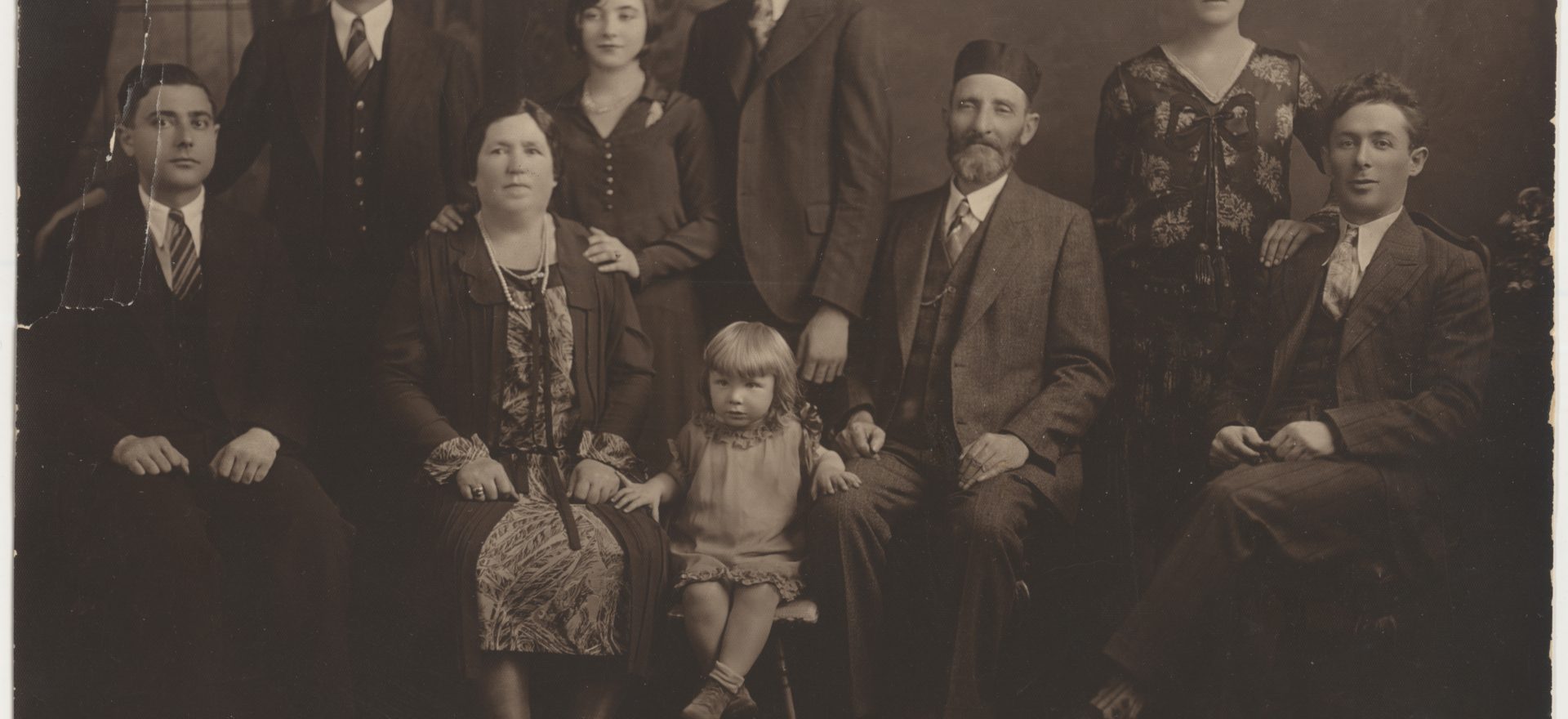This educational guide accompanies the exhibition United Against Genocide: Understand, Question, Prevent. It can be used for both the travelling version and the virtual version of this exhibition.
The activity will give students an opportunity to reflect on what genocide is, better understand the stages that lead to it, and learn about different means of resistance and intervention.
Students are asked to work on a definition of genocide and analyze its stages. Then, after researching examples of resistance during genocide, they will better understand how individuals can play an important role in prevention and intervention. Finally, students will continue their study of genocide by further reflecting on four subjects: the media, resistance, justice and prevention. This activity is suitable for secondary school students.
Learning Objectives
To acquire an understanding of:
- The history of four genocides (the Armenian Genocide, the Holocaust, the genocide in Cambodia, the genocide of Tutsis in Rwanda)
- The stages of genocide
- Forms of resistance during a genocide
- The methods and mechanisms of genocide prevention
To develop the following skills:
- Interpret contemporary issues
- Analyze primary and secondary sources of evidence (written and visual)
- Critically analyze complex international social issues
- Situate areas of tension and zones of armed conflict on a world map
- Identify the actors and perpetrators involved
To become familiar with the following central concepts:
- Genocide
- Intervention
- Resistance
Download the Educational Program
High school students - History and Citizenship, Contemporary World, Ethics and Religious Culture
